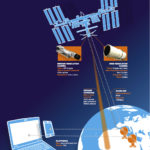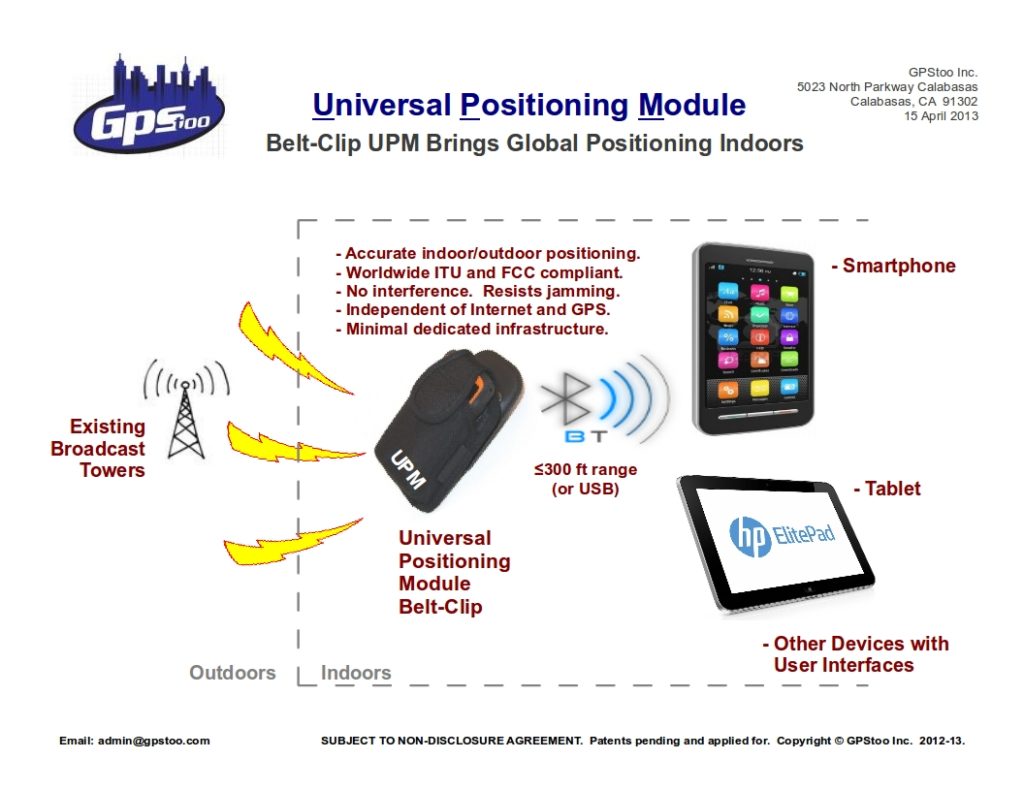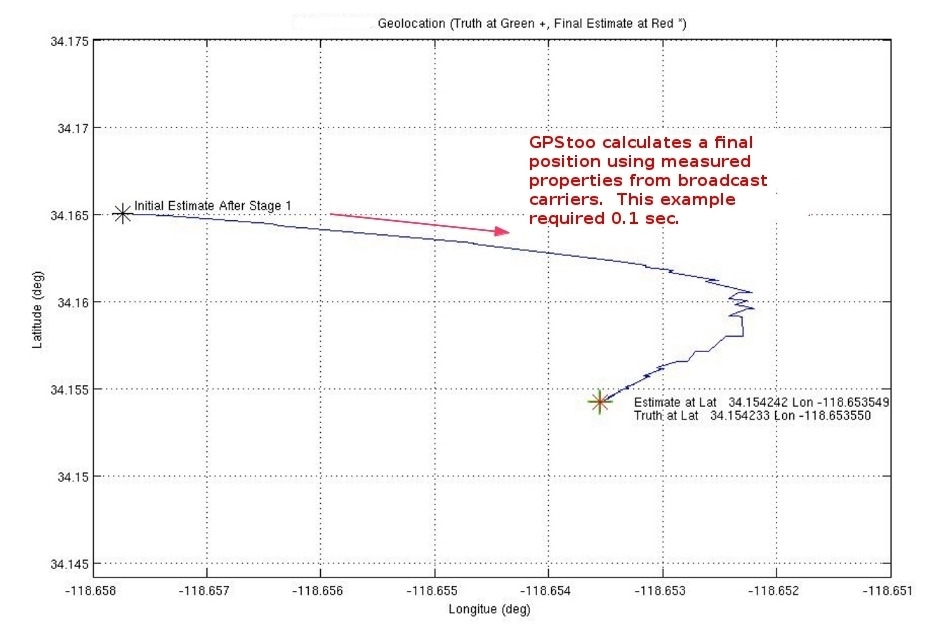 This is really intriguing, it is geo-mind-blowing, it’s gonna change our geo-world. Bringing a new paradigm to the way we observe the earth.
This is really intriguing, it is geo-mind-blowing, it’s gonna change our geo-world. Bringing a new paradigm to the way we observe the earth.
Just right today, one of my students asked me about the possibility of having a satellite acquiring real-time videos of the earth instead of imagery and smartly I answered him that yes, scientist are working on that, it is the next move for earth observation. I did not even know that UrtheCast is already doing the awesome job.
We are moving from satellite imaging to satellite videoing of the earth in real time. Multi-media geospatial products that integrates, georeferenced satellite videos, images, in-situ sensor data and so on for earth observation and monitoring would be the new direction for geo-geeks.
Courtesy of Spatial Source, Canadian-based company UrtheCast has announced a new video platform that will broadcast near-real time images and video of Earth, captured from the International Space Station (ISS).
A pair of HD video cameras will be installed on the ISS; a medium resolution camera will provide a three-colour still image with a swath of 45 kilometres and a resolution of 5.5 meters; and a high-resolution camera will offer a video image with a frame rate of 3.25 frames per second and a resolution comparable to much of Google Earth.
The platform will allow interaction with the feeds, too, with users being able to zoom in and out, virtually steer the camera from side to side, rewind, and fast forward as they check out areas and things of interest on Earth. Users are also able to search for videos of a particular location, type, or theme.
The UrtheCast web platform will combine a consumer-centric website, mobile application for smart phones, and an open application program interface (API). The API enables third party developers to create their own applications and upload them to the UrtheCast web platform.
ISS is a low orbit, human-inhabited satellite. The station travels at 26,000 km/h, orbiting Earth sixteen times per day, at an altitude of approximately 350 km. The ISS is a collaborative project between the Russian, Canadian European, Japanese, and US space agencies.
UrtheCast has signed an exclusive agreement with RSC Energia, who maintains operational control of the Russian segment on the ISS. RSC Energia will take UrtheCast’s cameras, install them on the outside of the ISS, and provide the necessary maintenance and transfer of the data. The cameras are being built by UK based Rutherford Appleton Laboratories (RAL), who is a world leader in building cameras for aerospace and satellite purposes.
Source: Spatialsource
Did you like this post about UrtheCast? Read more and subscribe to our monthly newsletter!

 This is really intriguing, it is geo-mind-blowing, it’s gonna change our geo-world. Bringing a new paradigm to the way we observe the earth.
This is really intriguing, it is geo-mind-blowing, it’s gonna change our geo-world. Bringing a new paradigm to the way we observe the earth.







